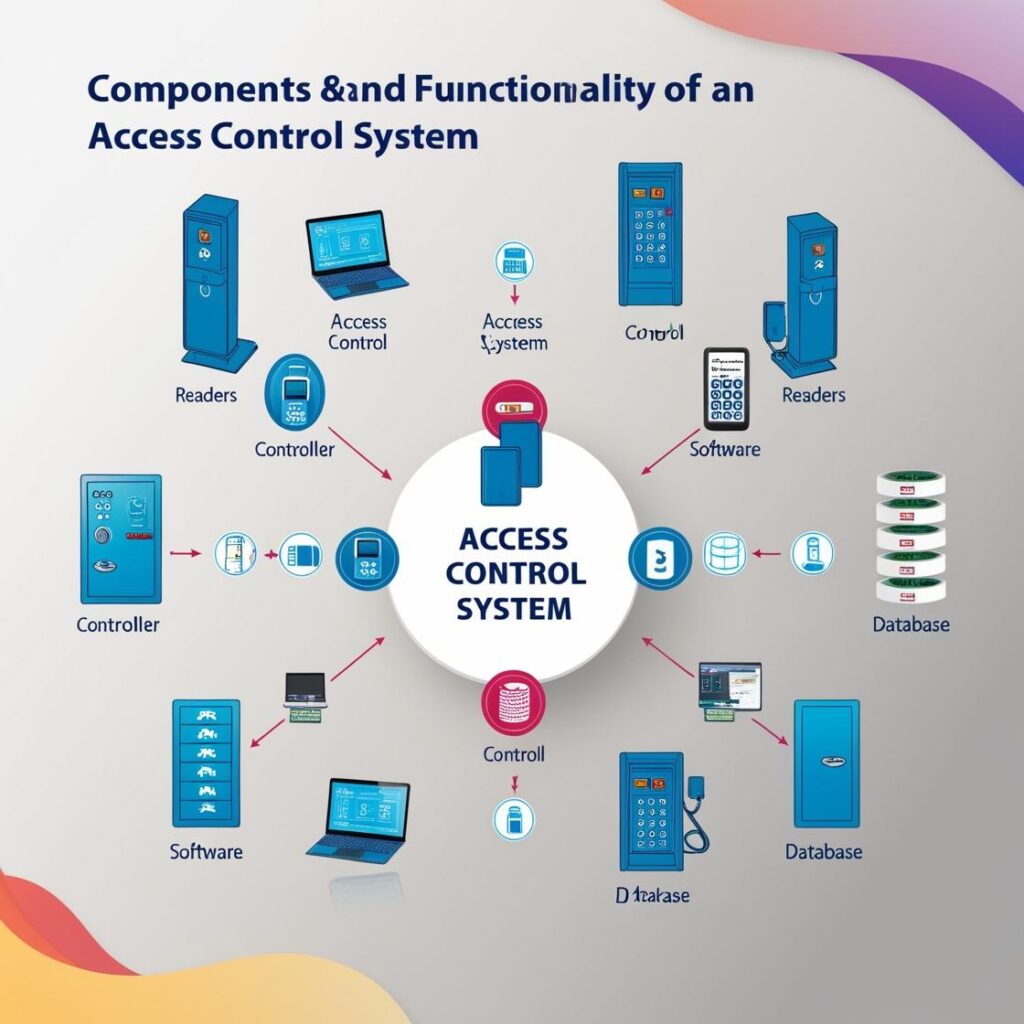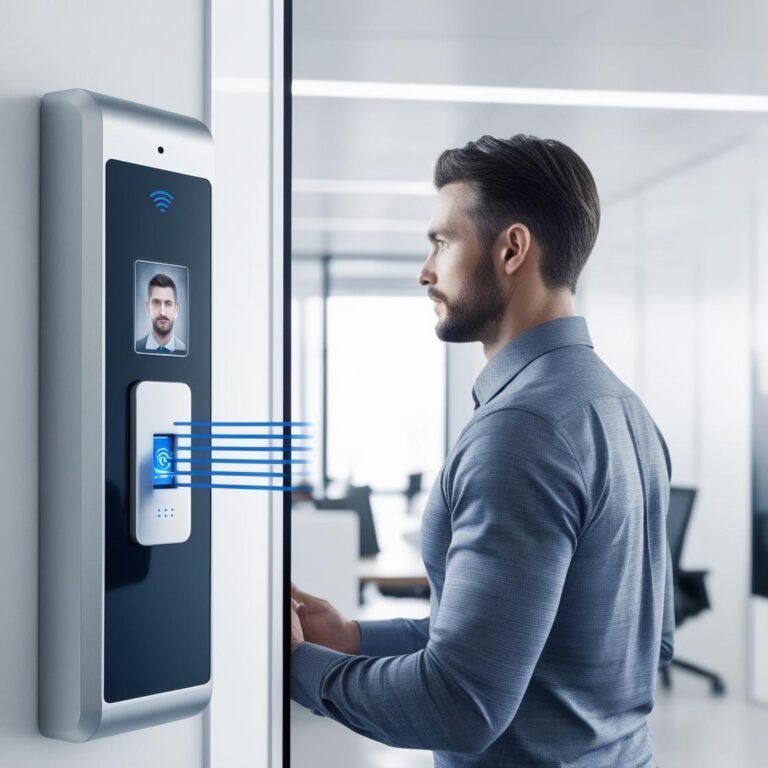Access Control Systems
Understanding Access Control Systems: The Key to Modern Security
In today’s world, protecting sensitive areas, whether in an office, school, or residential building, is more important than ever. This is where access control systems come into play. If you’re considering one for your business or property, here’s a clear breakdown of what they are, how they work, and why they matter.
An access control system is a security solution that controls who can enter or exit specific areas within a building. Think of it as a digital “bouncer” at each


What is an Access Control System?
An access control system is a security solution that controls who can enter or exit specific areas within a building. Think of it as a digital “bouncer” at each door or entrance, verifying identities and only allowing access to approved people. It’s like a key, but much smarter and more secure. Traditional keys can be copied or lost, while an access control system uses technology to make access seamless, manageable, and trackable.
1. Facial Access Control
What It Is: Facial access control uses your face as a “key” to unlock doors. This is a high-tech, hands-free way to control entry that’s great for busy areas where people need to come and go quickly.
How It Works: When you step up to the door, a camera scans your face and checks it against a list of people allowed in. If your face is recognized, the door unlocks automatically—no touching or extra steps needed.
Why People Like It:
- Easy and Contact-Free: No need to carry a key or touch a keypad.
- Secure: Faces are hard to fake, so it’s a safe way to verify who you are.
- Hygienic: Great for places where cleanliness matters, as there’s no physical contact.


2. Fingerprint Access Control
What It Is: Fingerprint access control is a system that lets you unlock doors with a quick fingerprint scan. This method is simple and accurate, making it a popular choice for secure areas.
How It Works: Just place your finger on the scanner, and it checks if your fingerprint matches one on file. If it does, the door opens in seconds, giving you secure, convenient access.
Why People Like It:
- Very Reliable: Since fingerprints are unique, it’s a precise way to identify people.
- Quick and Easy: Just a touch, and you’re in—no need for a card or password.
- Affordable: Fingerprint scanners are often budget-friendly and simple to install.
3. RFID/Card-Based Access Control
What It Is: RFID (Radio Frequency Identification) and card-based access control systems use cards or key fobs to allow entry. This is a classic, straightforward system often used in offices, hotels, and apartment buildings.
How It Works: You hold your card or fob up to a reader, which scans the RFID chip inside. If it matches an approved user, the door unlocks, letting you in. It’s quick and doesn’t require a lot of setup.
Why People Like It:
- Easy to Use: Just tap or swipe your card—no need for biometrics or PINs.
- Flexible: If someone loses a card, it can be easily deactivated and replaced.
- Great for Large Groups: Cards can be issued to multiple people and managed as needed

Who Can Benefit from Access Control?
Access control is useful for any environment where security and restricted access are important. Offices, schools, hospitals, apartment complexes, warehouses—all of these places can benefit from restricting certain areas to specific people. For example, employees can be granted access to workspaces but restricted from areas containing confidential information.
Access control systems have become essential in modern security. They make it easy to manage who can enter certain areas, provide reliable tracking, and keep security simple for you and your team. By using the latest in access technology, you’re not just locking a door—you’re creating peace of mind.
